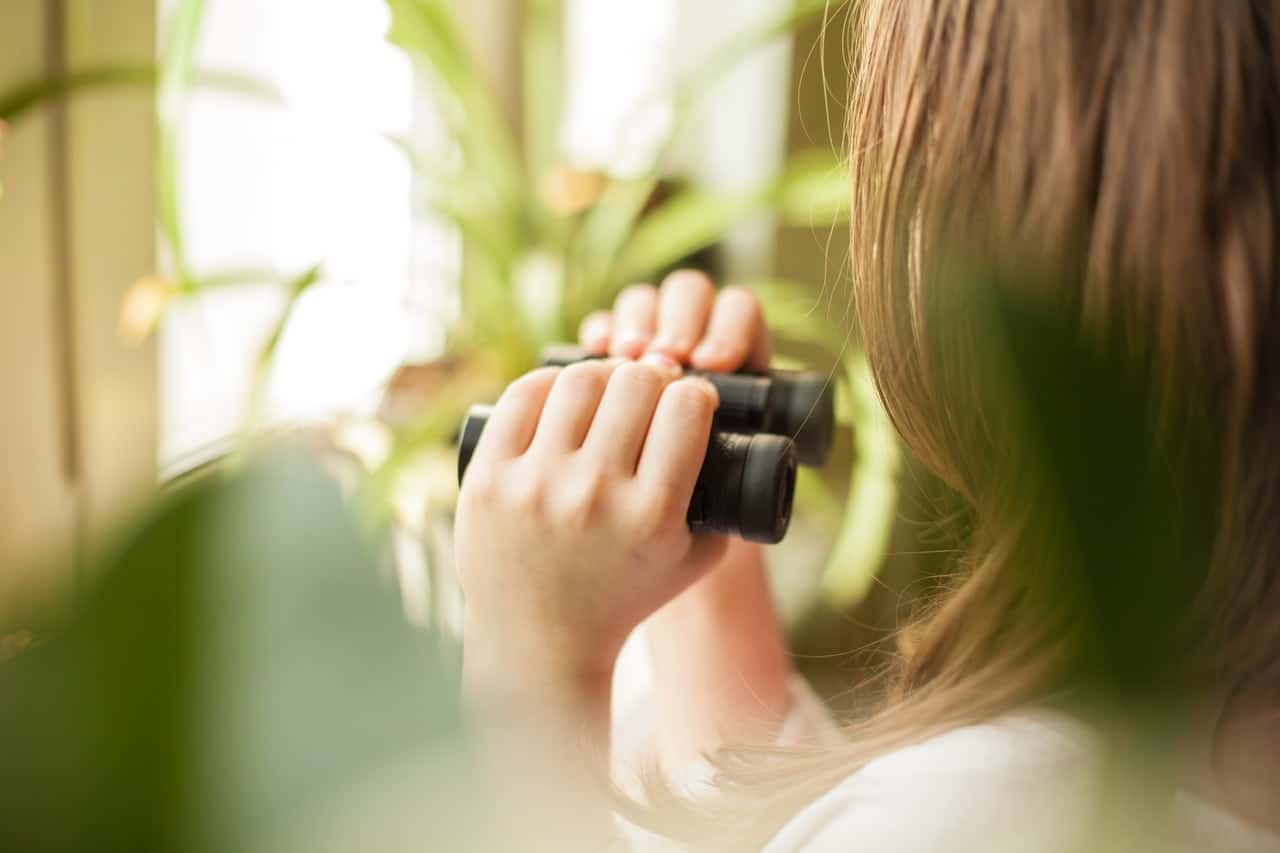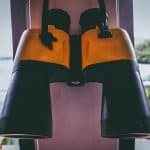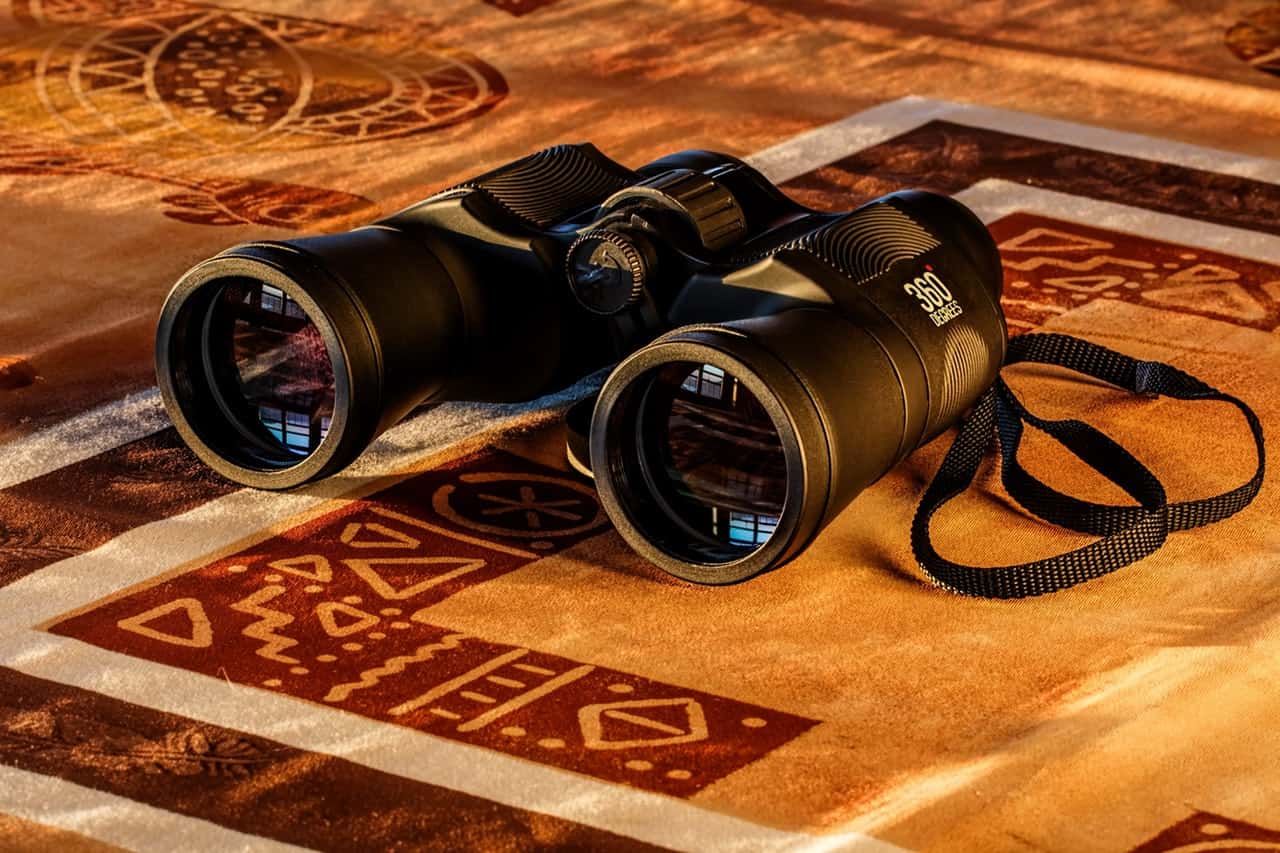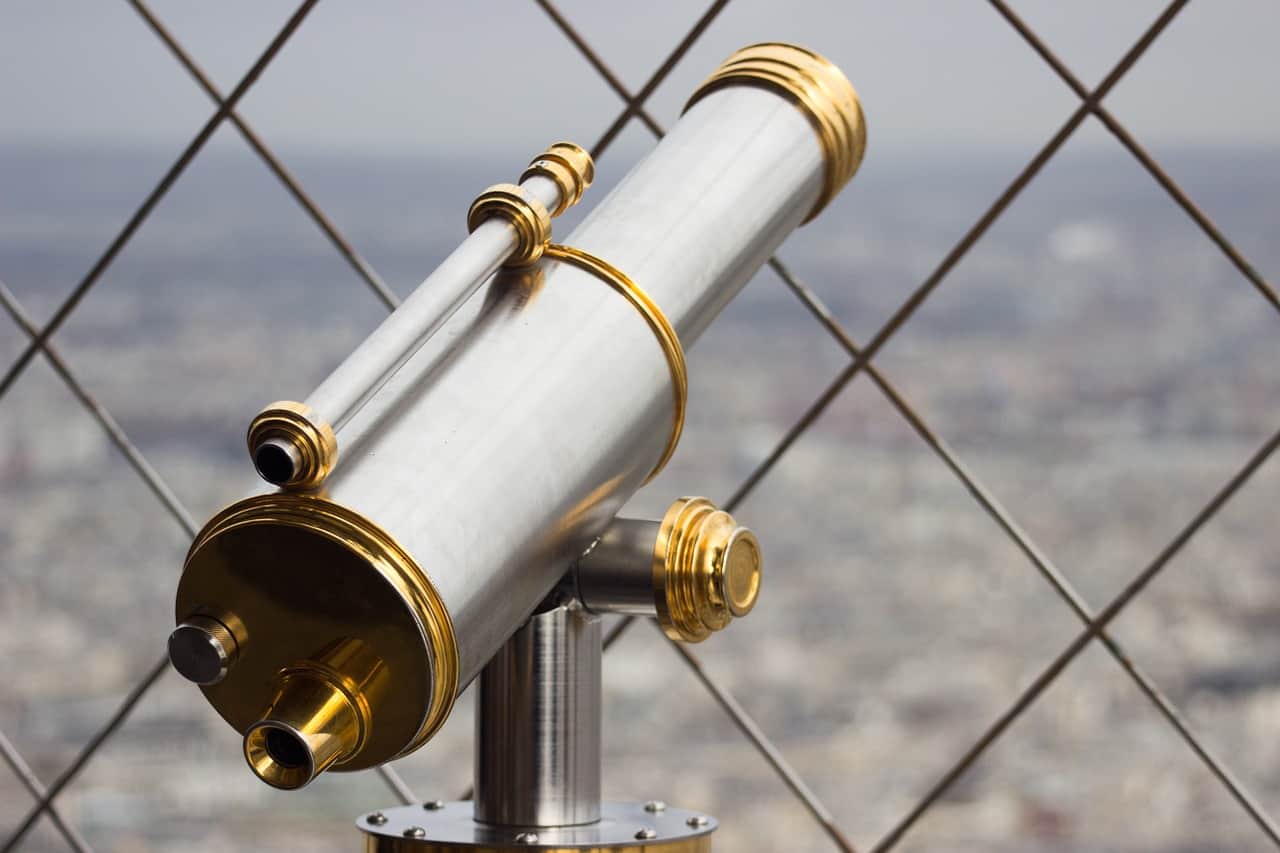Nikon binoculars are a popular choice for bird watchers and other outdoor enthusiasts. However, they can sometimes be difficult to use, particularly if you are unfamiliar with their features.
Some common problems with Nikon binoculars include zoom retention, poor light transmission, and chromatic aberration. While these problems sound serious, you can easily overcome them with binocular troubleshooting knowledge.
That’s why we decided to explore some of the most common problems people tend to experience with Nikon binoculars and provide advice on how to solve them. If you are considering purchasing a pair of Nikon binoculars, or are just curious about what they can do, keep reading!
List Of Common Problems With Nikon Binoculars
Here are some general issues users encounter while using Nikon binoculars:
- Blurry or unclear images
- Poor low-light performance
- Chromatic aberration
- Barrel distortion
- Vignetting
- Field of view issues
- Focus problems
- Eyestrain or discomfort
- Weight and balance issues
- Durability concern
Common Problems with Nikon Models with Solutions
| Model | Problem | Solution |
| Nikon Monarch 7 8×30 | Limited close focus distance | Prefer using it for outdoor activities |
| Nikon Prostaff 5 10×42 | Not ideal for wide-region scanning | Avoid using this pair for surveillance and other serious operations |
| Nikon Aculon 10×42 | Lens caps aren’t attached to the binos | Keep the binocular case with you to store the caps |
| Nikon Prostaff 10×42 | Hard-to-move focus wheel | Lubricate the focus wheel |
| Nikon Monarch 7 8×42 ATB | Flimsy lens caps | Pay attention while closing the lens caps to protect glass lenses |
| Nikon Monarch 7 10×42 | Uncomfortable grip | Use a nylon chassis |
| Nikon Prostaff 10×25 ATB | Not so durable | Properly store these binos and avoid using them in harsh weather |
| Nikon Trailblazer 8×25 ATB | Narrow eye relief | Use extended eyecups |
| Nikon Monarch HG 8×42 | Average low light performance | Use for daytime activities |
Now that we know what can happen when you operate Nikon binoculars, let’s discuss these problems in detail and find their quick fixes. If your Nikon binoculars aren’t behaving, don’t get disappointed quite yet, you can fix them!
Nikon Binoculars Not Focusing
Focusing problems in Nikon binoculars often result from zoom retention, poor light transmission, or a badly adjusted focus knob.
Zoom Retention is when the zoom mechanism of the binoculars causes the image to “jump” when zooming in or out.
This can be especially frustrating when trying to get a clear image of something far away. Poor light transmission is another common reason for your Nikon binos not focusing. This issue occurs when there is ambiguity or a “veil” appearing over the image. When the light doesn’t pass through the lens properly, you experience poor light transmission and have difficulty focusing.
When your Nikon binoculars are not focusing correctly, you may need to adjust the focus settings. Here’s how to do it:
- To adjust the focus settings on your Nikon binoculars, locate the focus knob on the side of the binoculars. Then turn the knob until the image is in focus.
- You may also need to adjust the diopter settings on your binoculars. To do this, locate the diopter adjustment setting on the top of the binoculars and rotate it until the image is in focus.
Nikon Binoculars Diopter Adjustment
When the images you’re trying to focus on appear shaky and misaligned, it leads to frustration and serious losses (in the case of hunting). Sadly, Nikon binoculars also go through these issues.
Nikon binocular diopter adjustment problems can usually be fixed by cleaning the lens and by calibrating the binoculars.
- If your Nikon binoculars have a diopter adjustment problem, you may need to clean the lens. Try wiping the lens with a soft cloth.
- If that doesn’t fix the problem, you may need to calibrate the binoculars. To calibrate the binoculars, make sure they are in focus.
- Then, while looking through one of the eyepieces, turn the diopter adjustment ring until the image appears sharpest.
- If the images appear sharper than before, your job is done.
Nikon Binoculars Eye Relief
Some binoculars are designed for specific activities, such as bird watching or hunting. Others are more general-purpose and can be used for various activities. One important feature to consider when choosing binoculars is the level of eye relief. This refers to the distance between your eyes and the binocular eyecups.
If the eye relief is narrow, you’ll have difficulty focusing, and your eyes will quickly get tired.
Overcoming the narrow eye relief problem in Nikon binoculars can be difficult, but you can do a few things to improve the situation.
- First, ensure that you’re using the correct eyepiece for your binoculars. If you’re using a standard eyepiece, switching to a wide-field eyepiece can help give you a wider field of view and alleviate some eye relief issues.
- Second, try adjusting the interpupillary distance on your binoculars. This is the distance between the two eyepieces, and by modifying it, you can bring them closer or further apart depending on what’s comfortable for you.
Hopefully, these tips will help you use Nikon binoculars without facing eye strain and fatigue.
Nikon Binoculars Coatings Problems
There are three main coatings on Nikon binocular lenses: anti-reflective (AR) coating, hydrophobic coating, and oleophobic coating.
AR coating helps reduce glare, hydrophobic coatings keep moisture at bay, and olephobic coating prevents fingerprint smudges.
These coatings help reduce glare and reflections and protect the lenses from scratches and other damage. However, like all binoculars, they’re not immune to coating issues.
If your binoculars’ coatings are sticky or scratched, here are some tips to fix them:
- Clean the lenses with a soft, dry cloth. If the lenses are very dirty, you can use a mild soap and water solution, but be sure to dry the lenses afterward. You can also use a lens pen or microfiber cloth to remove any smudges or fingerprints.
- If the coatings are scratched, you can try buffing them out with a soft cloth and some toothpaste. Or, it’s better to get a lens cleaner recommended by Nikon to clean these coatings and protect them.
Nikon Binoculars Eyecup Issues
One of the most common issues users have with their Nikon binoculars is that the eyecups become loose or detached. Here are a few different ways that you can fix this issue, depending on the severity:
- If the eyecup is only slightly loose, you can try to snug it up using a pair of pliers. Be careful not to over-tighten the eyecup, as this could damage the binoculars.
- If the eyecup is completely detached, you must reattach it using a strong adhesive. We recommend using epoxy or super glue for this purpose. Once the adhesive has dried, you should be able to use your binoculars as normal.
- If your binoculars’ eyecups are severely damaged, you may need to replace it entirely. You can purchase replacement eyecups from most camera or binocular retailers. Simply remove the old eyecup and screw on the new one in its place.
Nikon Binoculars Chromatic Aberration
Chromatic aberration occurs when different colors are not focused, causing a fringing or “shadow” effect around the edges of objects.
If your Nikon binoculars have chromatic aberration, the different colors of light are not being focused on the same point. This can cause a blurry image and is most noticeable around the edges of an object.
Here are some tips to fix chromatic aberration in Nikon binoculars:
- One way is to adjust the focus ring so that each color is focused on the same spot.
- Another solution is to adjust the eyepiece diopter so that each color is in focus.
- You can also try using a lens hood to minimize reflections from bright light sources.
These easy tips will likely remove the aberration problem from your Nikon binos!
Nikon Durability And Reliability
If your Nikon binoculars aren’t waterproof or their lenses get foggy during outdoor activities, you’ll have to be extra careful. Even the slightest amount of moisture and dust can deteriorate your favorite binos and risk their performance, something you won’t want. Nikon binoculars are usually durable, but you can improve by taking care of them. Here’s how you can care for Nikon binos:
- Make sure to keep them clean and dry, and avoid leaving them in direct sunlight.
- Also, it’s a good idea to store them in a case when not in use.
- Use a lens cleaner and lubricant to keep the binoculars in good condition.
Nikon Binocular Replacement Parts
Nikon binoculars are pretty costly, and taking care of them is in your best interest. If you own a pair of Nikon binos, here are some replacement parts you might need:
- Nikon binoculars battery door
- Nikon replacement eyecups
- Focus knobs
- Lens covers
- Nylon binocular chassis
- Binocular carrying case
- Neck strap for binos
- Replacement prisms
- Rubber grip
Nikon Binoculars Repair (Cost & Contact Details)
Most Nikon binoculars come with reliable warranty periods, and you don’t have to worry about repairing them. If your Nikon binos are under warranty, you have to fill out a repair form at Nikon’s official website, where you’ll enter your product’s details and the issue with it.
Upon checking your warranty information and preferred repair modes, a representative from Nikon will get back to you and guide you further. If you need first-hand information about Nikon binoculars repair cost and details, here’s this manufacturer’s number:
Contact Number: 1-800-645-6687
Also Read:
- Canon Binoculars Focusing Problems (Answered)
- Swarovski Binoculars Collimation Problems (Solution)
- Zeiss Binoculars Not Focusing (Fixed)
- Bushnell Binoculars Durability Issues (Explained)
- Vortex Binoculars Chromatic Aberration (Answered)
- Fujinon Binoculars Eye Relief Issues (Reasons)
- Leupold Binoculars Alignment Problems (Solved)
- Hawke Binoculars Eye Relief Issues (Fixed)
Final Thoughts
If you’re experiencing issues with your Nikon binoculars, don’t fret – troubleshooting these problems is often easy.
You should first check your Nikon binoculars’ user manual to understand the problem at hand and find its solution. If the manual doesn’t help, you can contact Nikon via their website and get more information about your binoculars.
The best thing about Nikon binos is their quality and durability, so even if you face a problem with Nikon binoculars, they’ll likely be easy to fix.

Binos enthusiast since I was 12 – A real expert in all things optics including rifle scopes and red dots. Live in Dubai & love writing, beaches and eating!






